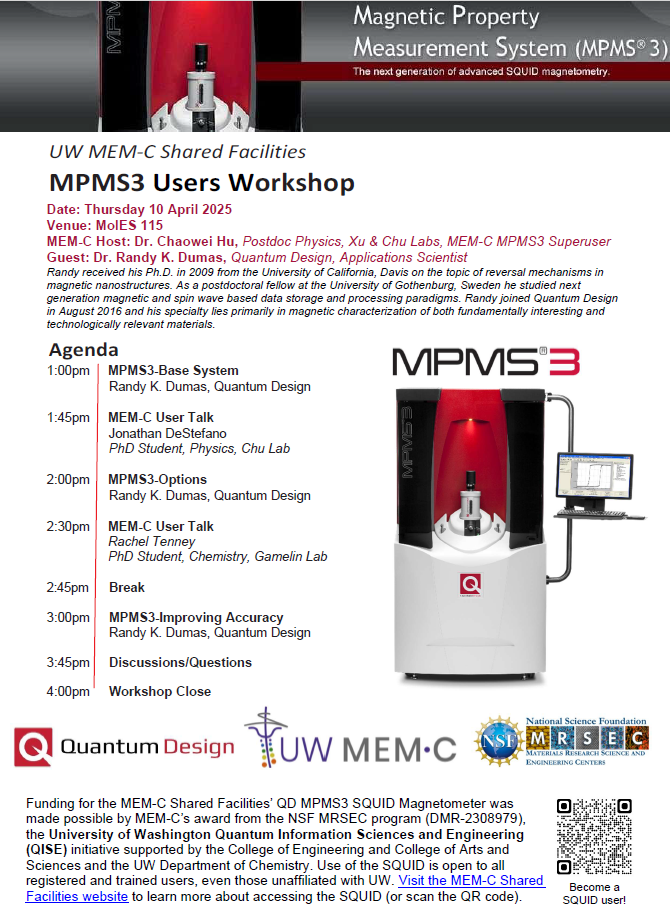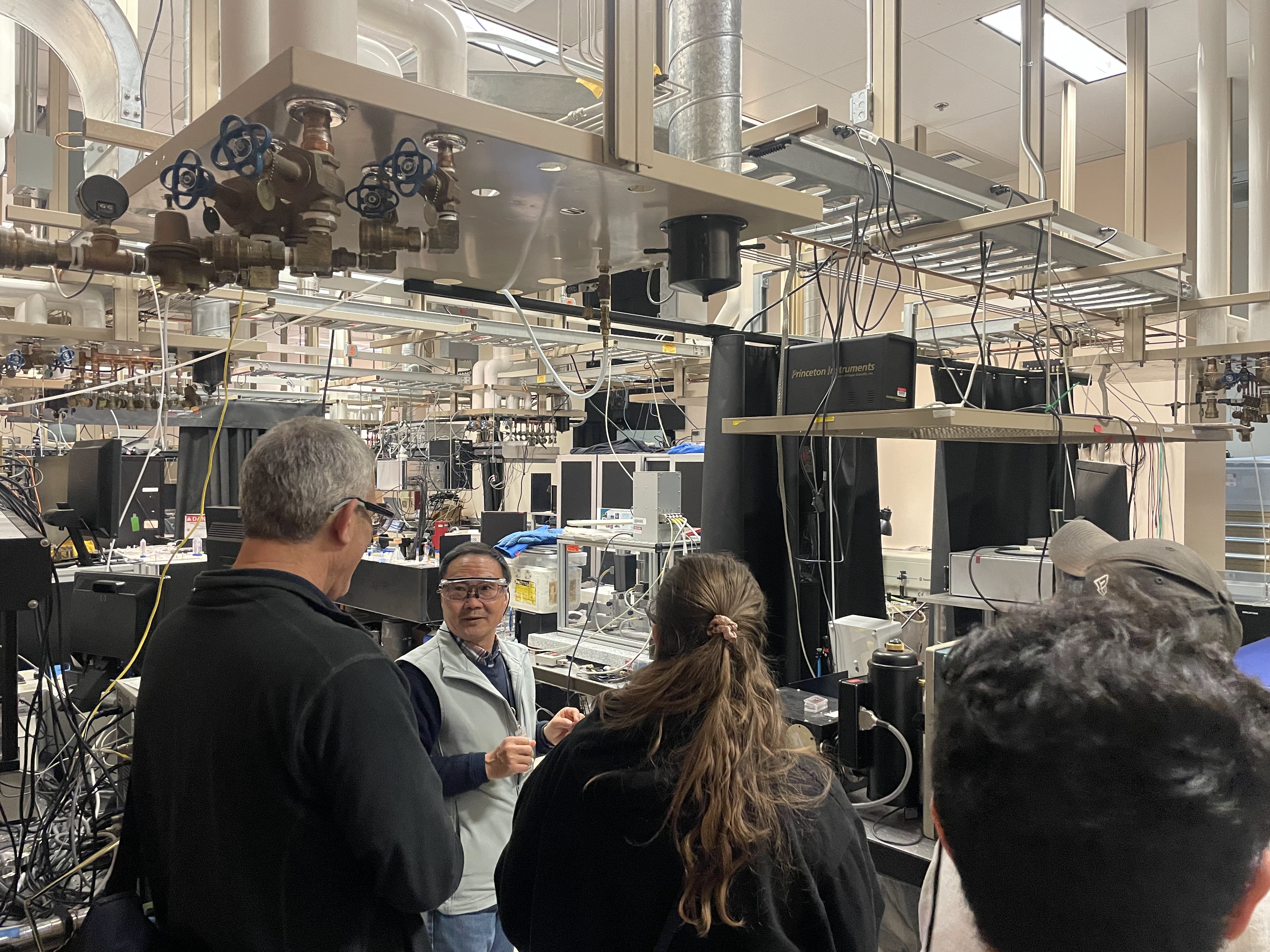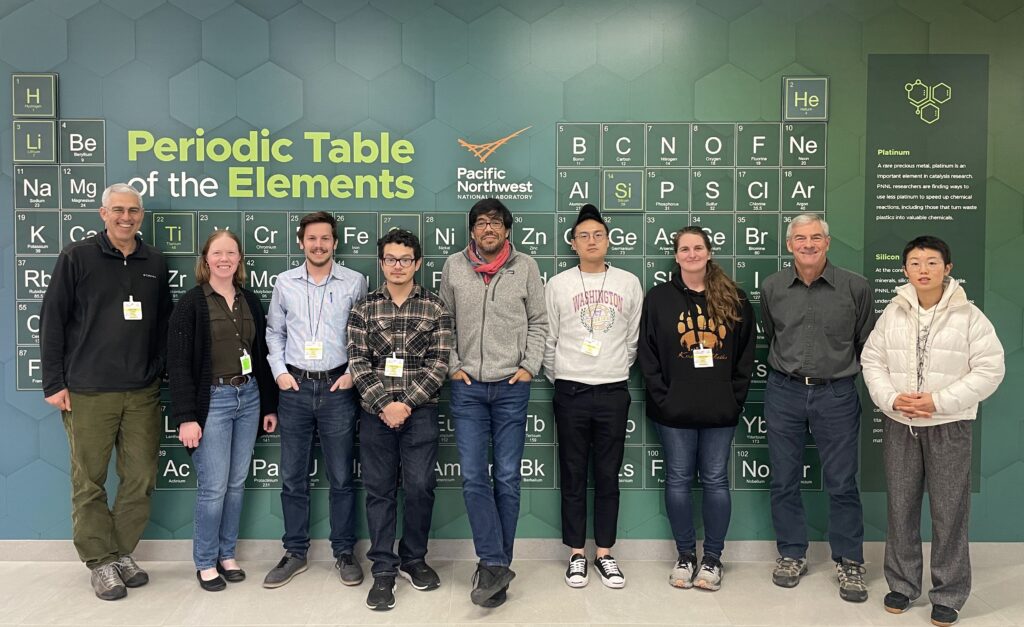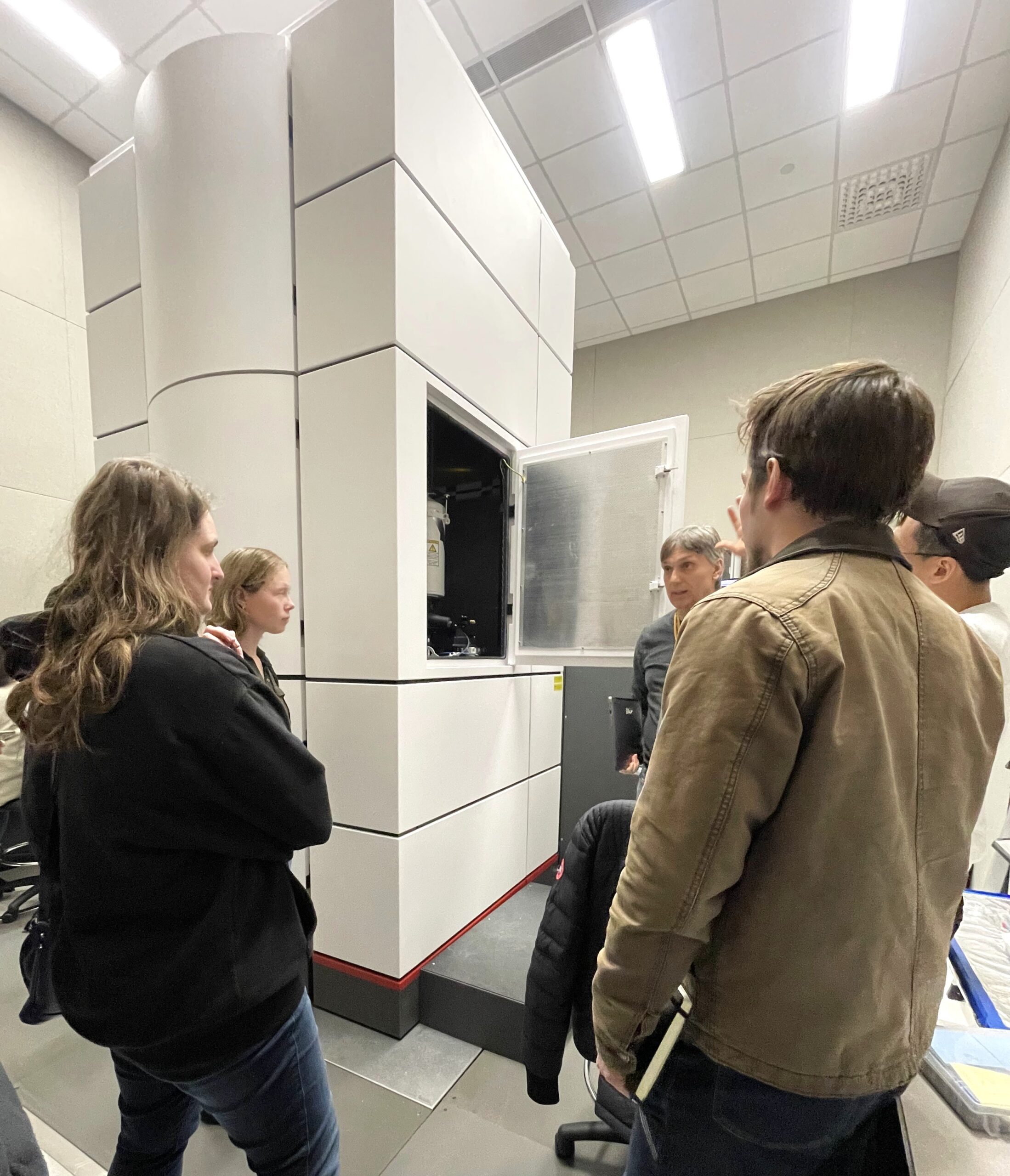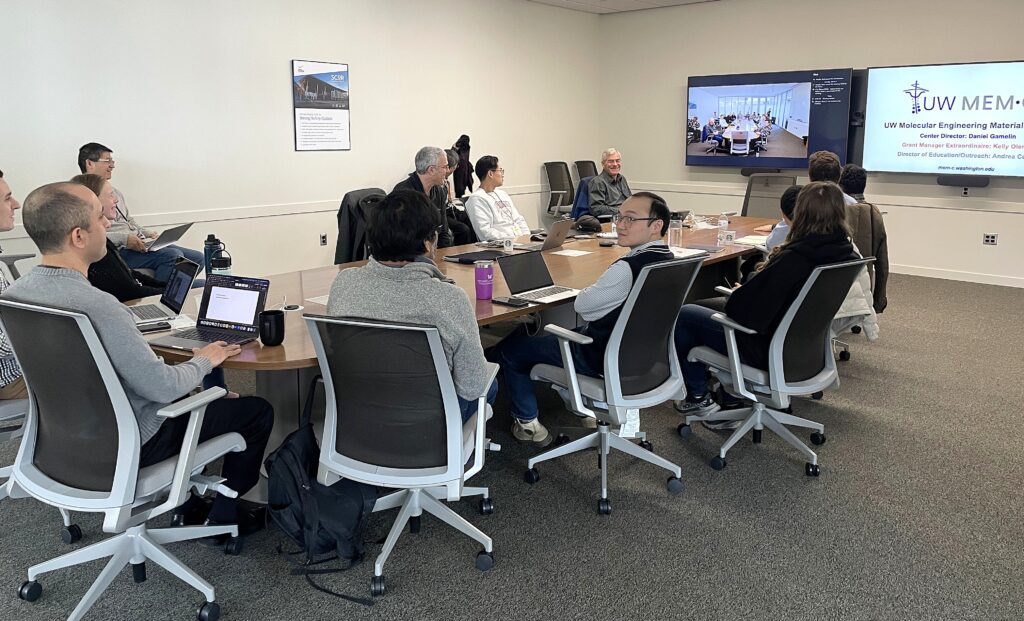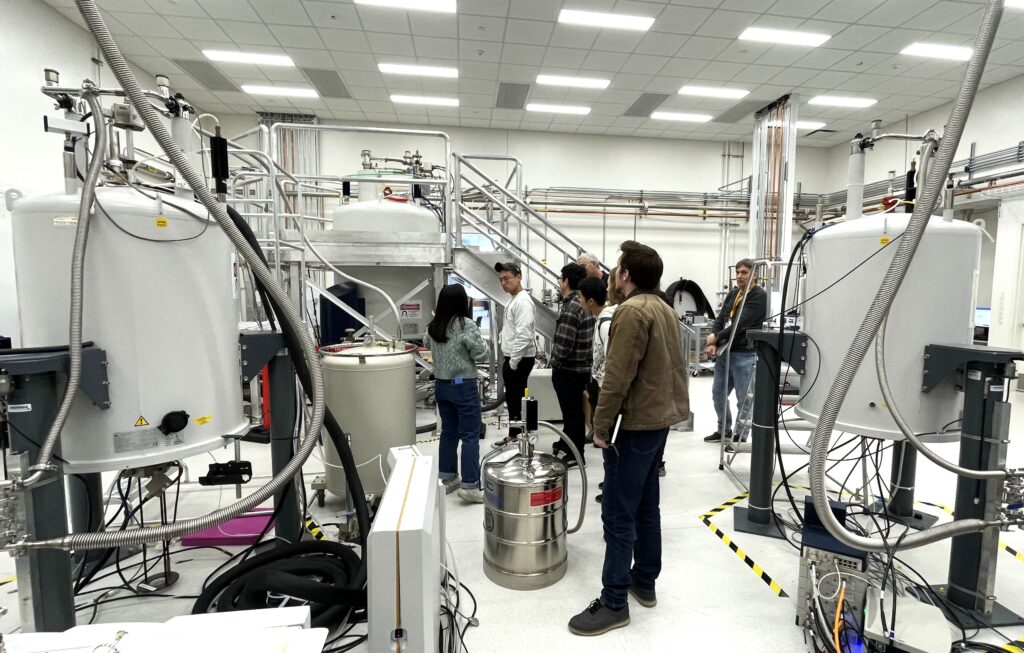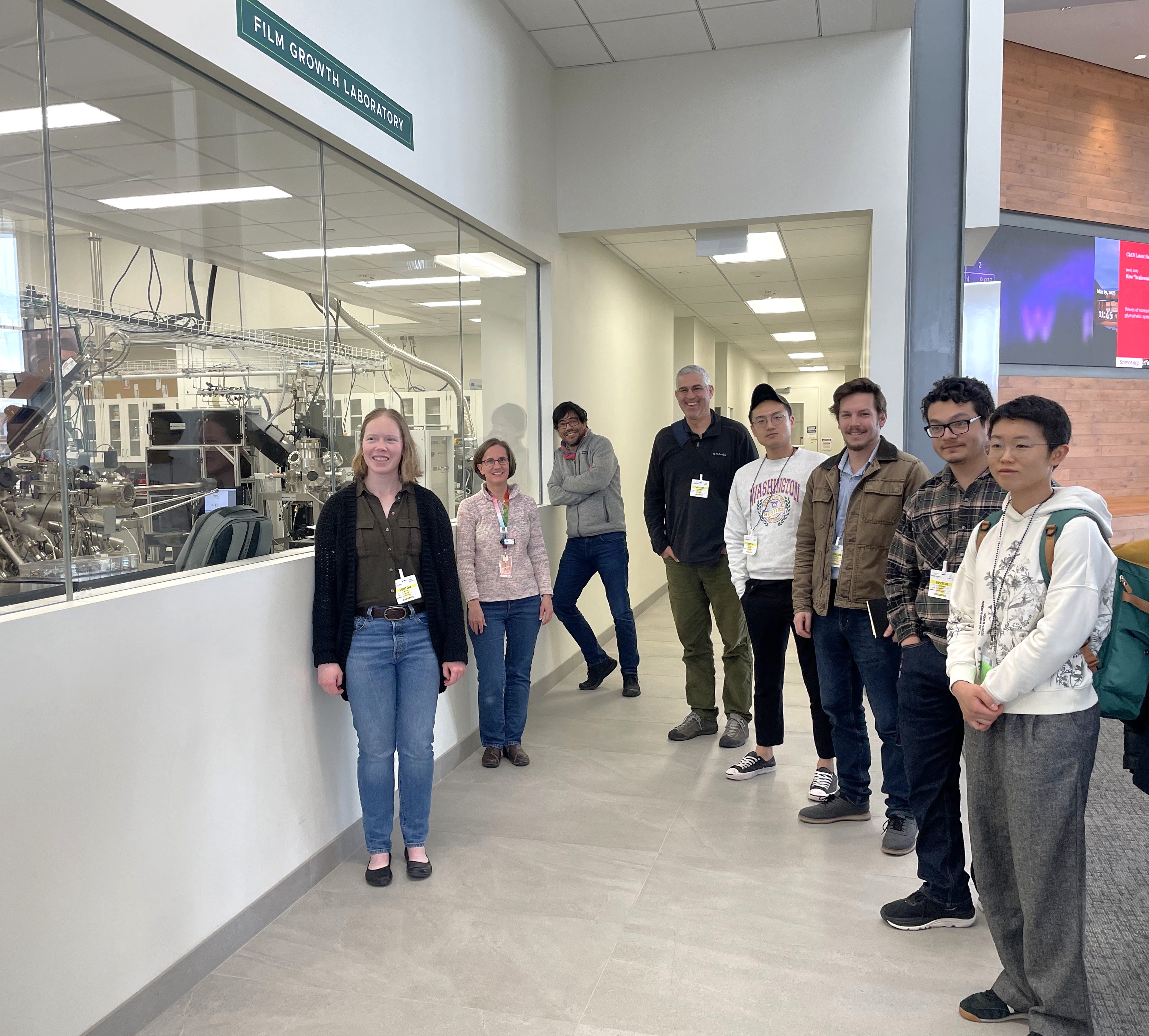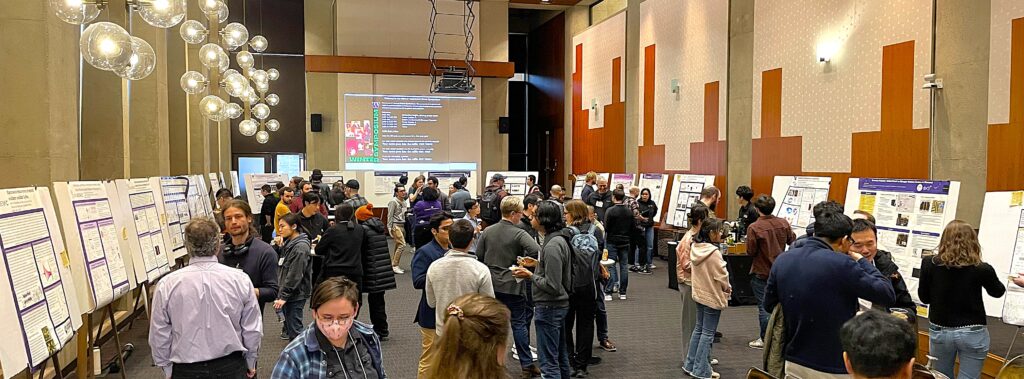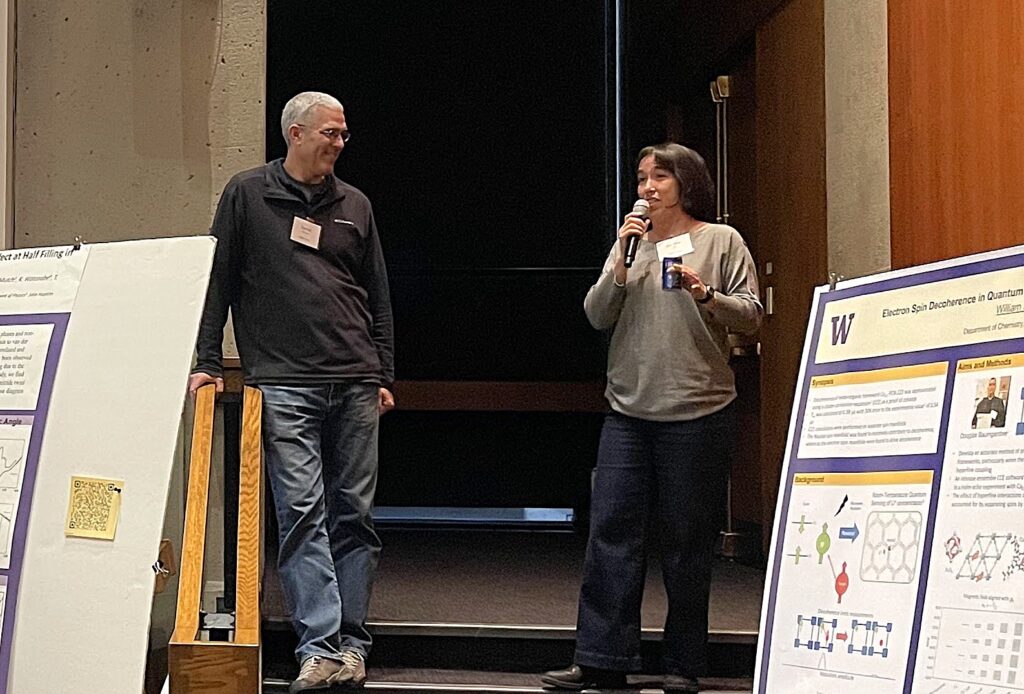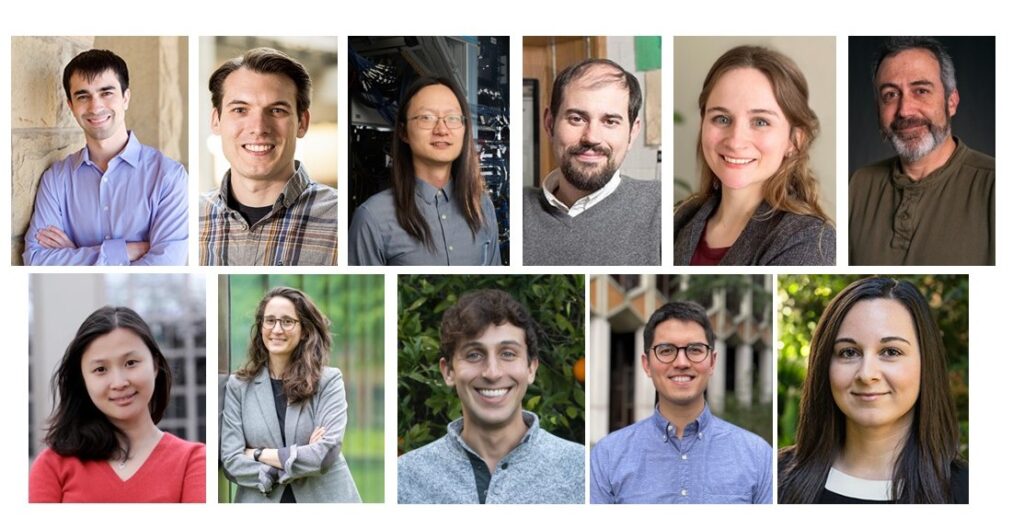This year’s cohort of students in MEM-C’s Academic Year Research Accelerator (AYRA) Research Experience for Undergraduates (REU) program, wrapped up an impressive school year of hands-on research, diving deep into cutting-edge materials science topics. From nanoparticle synthesis and conductivity studies to semiconductor nanocrystals and graphene-based heterostructures, these talented undergraduates explored a wide range of research areas that are shaping the future of materials engineering.
Working alongside dedicated graduate student mentors and hosted in the labs of Professors David Cobden, Daniel Gamelin, Mo Li, Lilo Pozzo, Matthew Yankowitz, and Alexandra Velian, the students not only learned the ropes of academic research but also contributed meaningfully to ongoing projects. Their work culminated in a lively presentation session showcasing projects such as enhancing high-throughput synthesis platforms, investigating metalated cluster behavior, and integrating biomolecules into 2D materials.
A huge thank you goes out to the professors for generously welcoming the students into their labs and to the graduate student mentors for their guidance, patience, and encouragement throughout the year. MEM-C is proud to support these students and looks forward to seeing where their research journeys take them next!
| Name | Mentor | Faculty |
| Aleksandra Grey | Kiran Vaddi | Lilo Pozzo |
| Jake Klompus | Zach Wylie | Lilo Pozzo |
| Alice Leppert | Eden Tzanetopoulos | Daniel Gamelin |
| Debora Mugisha | Toby Chu & Ellis Thompson | Matt Yankowitz |
| Viru Sharma | Gianluca Delgado | David Cobden |
| Grace Pardini | Adina Ripin | Mo Li |
| Simon Wong | Robert Love | Alexandra Velian |







